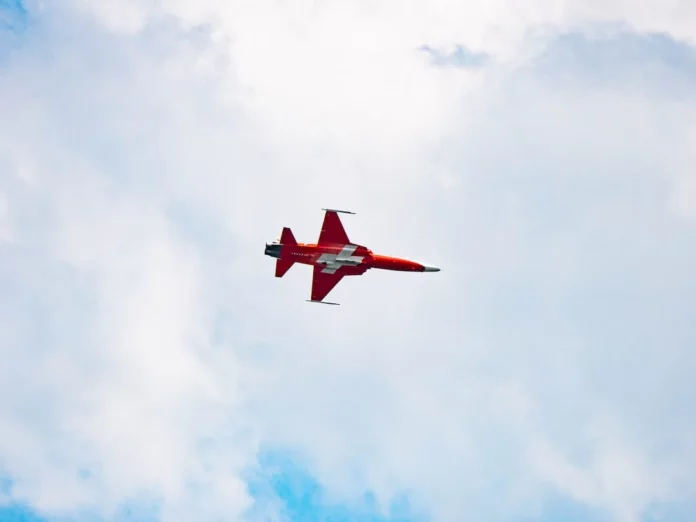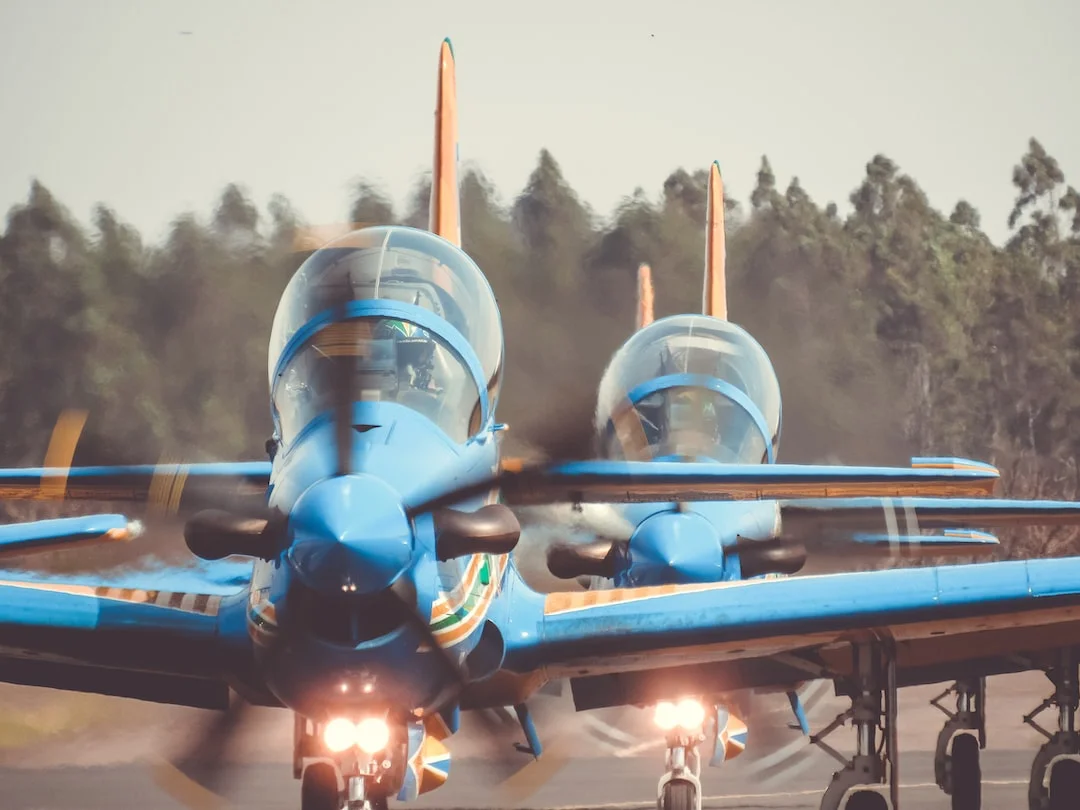One of the essential features of the Boeing 737 aircraft is its crossfeed system, also known as XFD. Crossfeed plays a crucial role in ensuring the uninterrupted supply of fuel to the engines during flight. In simple terms, it allows fuel to be transferred between different fuel tanks on the aircraft, ensuring a balanced fuel distribution and optimizing the aircraft’s performance.
Boeing 737 aircraft are equipped with multiple fuel tanks located in different parts of the wings and the fuselage. These fuel tanks hold thousands of gallons of fuel, supplying the engines with the necessary energy for flight. However, during a long flight or when the fuel is not evenly distributed, imbalances may occur, potentially affecting the aircraft’s stability and efficiency. This is where the crossfeed system comes into play, helping to equalize fuel levels between tanks and maintain the aircraft’s balance.
Contents
How Does Crossfeed Work?
The crossfeed system on the Boeing 737 consists of valves, pumps, and various fuel lines that enable the fuel transfer process. These components work together to ensure a controlled and efficient transfer of fuel from one tank to another.
During flight, pilots monitor the fuel levels in different tanks using the aircraft’s fuel management system. If an imbalance is detected, they can activate the crossfeed system to begin the fuel transfer. The process involves opening the crossfeed valves, which allows fuel from one tank to flow into another tank.
It’s important to note that the crossfeed system is designed to transfer fuel between tanks on the same wing, typically from the outboard tanks to the center tanks. This flow pattern helps to maintain the desired center of gravity for the aircraft. Additionally, the system is not designed to transfer fuel between the wings, as each wing operates independently when it comes to fuel supply.
The Benefits of Crossfeed
The crossfeed system on the Boeing 737 offers several benefits that contribute to the overall performance and safety of the aircraft:
The Fuel Efficiency Advantage
By enabling the transfer of fuel between tanks, the crossfeed system ensures a balanced fuel distribution, which is crucial for fuel efficiency. Uneven fuel distribution can lead to increased fuel consumption, as certain tanks might empty quicker than others. With the crossfeed system, pilots can continuously monitor and adjust fuel distribution, optimizing the aircraft’s fuel efficiency and reducing overall operating costs.
Enhanced Safety and Redundancy
Crossfeed also enhances safety and redundancy by providing an additional layer of fuel management. In the unlikely event of a fuel pump failure in one tank, the crossfeed system allows pilots to transfer fuel from the affected tank to another tank, ensuring a continuous supply of fuel to the engines. This redundancy helps prevent engine flameout or other fuel-related emergencies, further enhancing the safety of the aircraft.
Improved Range and Flexibility
Another advantage of the crossfeed system is that it increases the aircraft’s range and flexibility. By allowing fuel transfer between tanks, pilots have the flexibility to adjust the aircraft’s center of gravity and distribute fuel as needed. This flexibility becomes especially important during long-haul flights, where the aircraft may undergo significant weight and balance changes due to fuel consumption.
Moreover, the crossfeed system enables the ability to carry fuel asymmetrically. This feature proves valuable during certain situations, such as when one wing is damaged or when the aircraft needs to land with a specific weight distribution due to operational requirements.
Fuel Crossfeed and the Boeing 737 MAX
The Boeing 737 MAX, the latest variant of the popular Boeing 737 series, also incorporates the crossfeed system in its design. However, it’s important to note that the MAX version comes with its own unique features and system enhancements.
The fuel system on the 737 MAX includes four fuel tanks: two in the outboard wings and two in the horizontal stabilizer, each with its own fuel pump. This configuration, combined with the crossfeed system, provides increased fuel efficiency and redundancy.
In addition to the crossfeed system, the 737 MAX features advanced fuel-saving technologies, such as more efficient engines and improved aerodynamics. These advancements contribute to the aircraft’s overall fuel efficiency, reducing emissions and operating costs.
In Conclusion
In summary, crossfeed is an important feature of the Boeing 737 aircraft, ensuring balanced fuel distribution, enhanced safety, improved fuel efficiency, and greater flexibility. By allowing the transfer of fuel between tanks, the crossfeed system helps optimize the aircraft’s performance and contributes to a safer and more efficient flight.
For More: What is W/A on Boeing 737? (Wrap Around)




